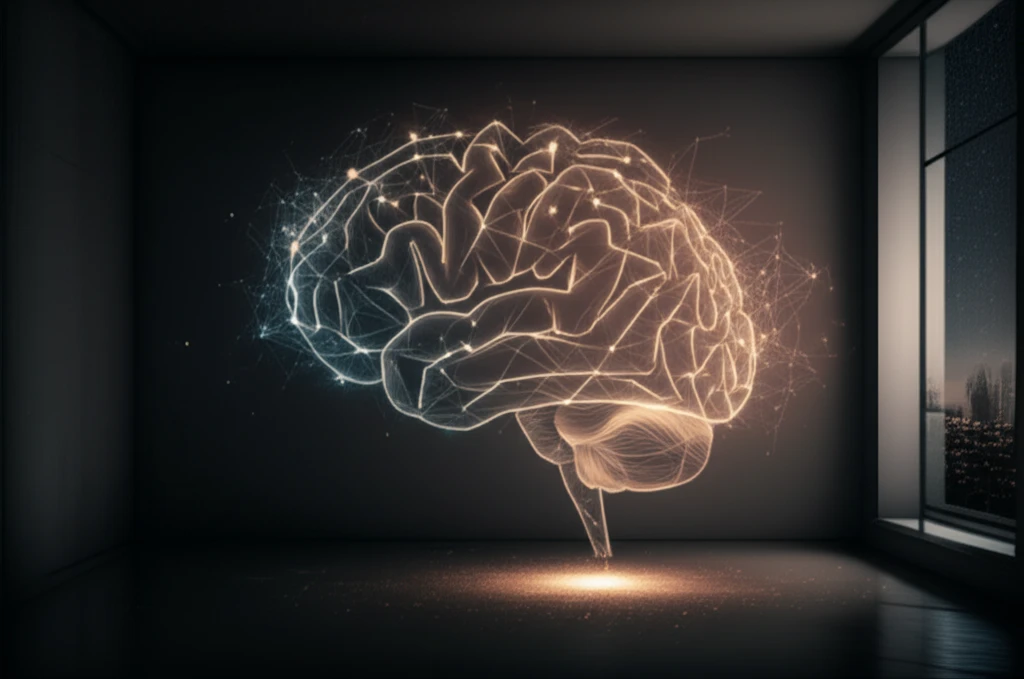
Unlocking the Introvert's Brain: How Resting-State Networks Reveal the Secrets of Extraversion
"Dive into the groundbreaking neuroscience behind personality, exploring how brain connectivity patterns illuminate the introverted tendencies within us all."
Personality traits have always been a subject of fascination, influencing our behavior, preferences, and interactions. While we often categorize people as introverts or extraverts, neuroscience is beginning to reveal the complex brain mechanisms that underlie these differences. Recent research focusing on resting-state brain networks offers a compelling data-driven approach to understanding the functional neuroimaging characteristics associated with extraversion.
Resting-state networks (RSNs) are patterns of brain activity that occur when we are not engaged in a specific task. These networks provide valuable insights into the brain's intrinsic functional organization. Scientists can identify correlations between specific RSNs and various cognitive and behavioral traits by studying these patterns. This approach opens new avenues for understanding how our brains shape our personalities.
This article delves into how researchers are using neuroimaging techniques to explore the connection between RSNs and extraversion. We'll break down the core findings, explain the methodologies used, and discuss the implications of this research for understanding the nuances of personality. Whether you're a psychology enthusiast, a neuroscience student, or simply curious about the science of personality, this exploration will offer a fresh perspective on the introverted mind.
The Resting-State Revolution: Mapping Brain Networks to Personality

Traditional methods of studying personality relied heavily on self-report questionnaires and behavioral observations. While valuable, these methods offer limited insight into the underlying neural mechanisms. Neuroimaging techniques, such as functional magnetic resonance imaging (fMRI), provide a non-invasive way to examine brain activity and connectivity. By analyzing fMRI data collected during rest, researchers can identify distinct RSNs and correlate them with personality traits.
- Data Acquisition: Collecting resting-state fMRI data from a cohort of participants.
- Network Identification: Using independent component analysis (ICA) to identify distinct RSNs.
- Correlation Analysis: Examining the relationship between the activity of specific RSNs and scores on extraversion scales.
- Statistical Analysis: Applying rigorous statistical methods to ensure the reliability and significance of the findings.
The Future of Personality Neuroscience: Embracing the Introverted Brain
Understanding the neural basis of personality traits like introversion is not just an academic exercise. It has profound implications for mental health, education, and even workplace dynamics. By identifying the specific brain networks associated with introversion, we can develop targeted interventions to support individuals who may struggle with social anxiety or other challenges. Furthermore, this knowledge can help us create more inclusive and understanding environments that value the unique strengths of both introverts and extraverts.
